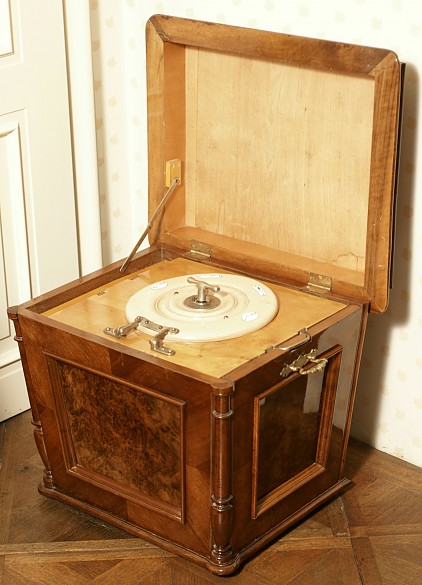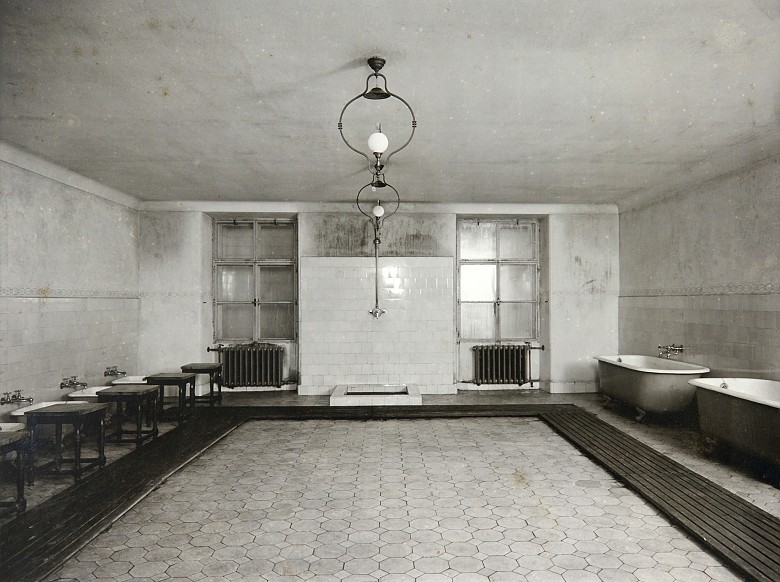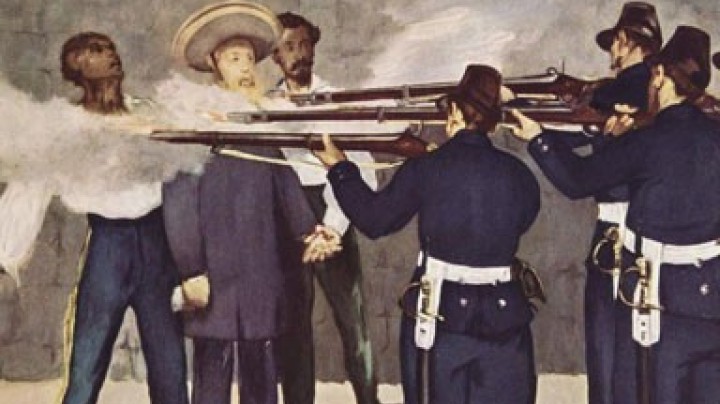Cholera as a salutary process of natural selection?
A cholera epidemic gripped Vienna in 1831/32. High death rates gave rise to intellectual speculation and practical measures.
In the eighteenth century it was not only smallpox but also cholera that claimed the lives of countless people. Vomiting and diarrhoea, dehydration and confusion were the usually fatal symptoms of the disease. Cholera is caused by a bacterium and is transmitted primarily through contaminated water. Particularly in countries where minimum hygiene requirements cannot be met, it occurs repeatedly even today. A Europe-wide cholera epidemic gripped Vienna in the years 1831 and 1832. Panic and despair were widespread irrespective of borders and despite the measures put in place which included sanitary cordons, official posts set up to regulate transit traffic and regulations obliging visitors to stay for a minimum of 14 days to prevent possible epidemics. Contemporaries spoke of ‘divine retribution’ and many besprinkled their houses with holy water in the hope that it would ward off the disease. While doctors and social economists accepted the epidemic as ‘a natural phenomenon’, there was talk, from the point of view of population policy, of natural selection. As ‘Nature’s police’ it would decimate the surplus population and only the strong would survive. This pessimistic diagnosis can be traced back to the English economist Thomas Robert Malthus, who predicted a food supply crisis in view of the growing population. In the years 1831 and 1832 the death rate among those infected with cholera in Vienna was 64 per cent. Journeymen and domestic servants were as much affected as aristocrats and clerics. Effective protective measures were unknown at this time. Stronger measures were therefore taken to halt the spread of the disease: fever hospitals were expanded, regulations were implemented for the disposal of the bodies of those who died of the disease, and circulars with safety precautions were distributed. There were instructions not to dispose of excrement and blood by tipping them outside the house. However, these regulations and suggestions were only partially successful, particularly since urban planning contained no provision for waste disposal. Above all, it was the poorer social strata who were particularly badly affected. In the summer of 1832 the epidemic struck again. However, this time there were almost no victims amongst the nobility. The construction of pipelines to bring water from alpine springs to Vienna at the end of the nineteenth century guaranteed a modern and hygienic water supply. With similar measures cholera epidemics were gradually eliminated from the whole of Europe and death rates sank drastically.
















